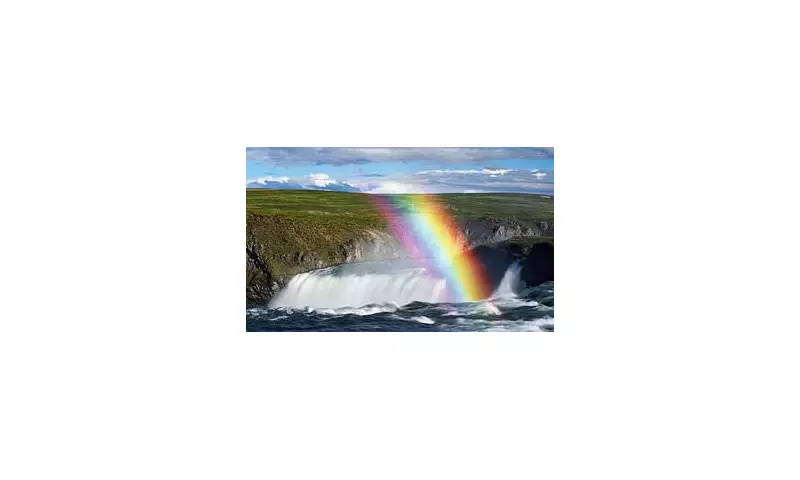
Have you ever wondered how many colours truly make up a rainbow? While most of us were taught there are seven, mathematician Junaid Mubeen reveals in his book Think Like a Mathematician that the answer isn't so straightforward.
The Science Behind the Spectrum
Rainbows are formed when sunlight is refracted, reflected, and dispersed through water droplets, creating a spectrum of light. Traditionally, we identify seven distinct colours: red, orange, yellow, green, blue, indigo, and violet. But Mubeen challenges this notion, suggesting that the boundaries between these colours are far more fluid.
Why Seven?
The idea of seven colours dates back to Sir Isaac Newton, who chose the number for its symbolic significance rather than scientific necessity. Newton associated the colours with the seven notes of a musical scale and the seven known planets at the time.
The Mathematical Perspective
Mubeen explains that light exists on a continuous spectrum, meaning there are technically infinite shades between any two colours. Our perception, however, is limited by how our brains categorise these wavelengths. Mathematics helps us understand this continuum, revealing that the rainbow is far richer than the seven-colour model suggests.
Why It Matters
This exploration isn't just academic—it highlights how mathematics shapes our understanding of the natural world. By thinking like a mathematician, we can uncover hidden complexities in everyday phenomena.
So next time you see a rainbow, remember: there's more to it than meets the eye.





